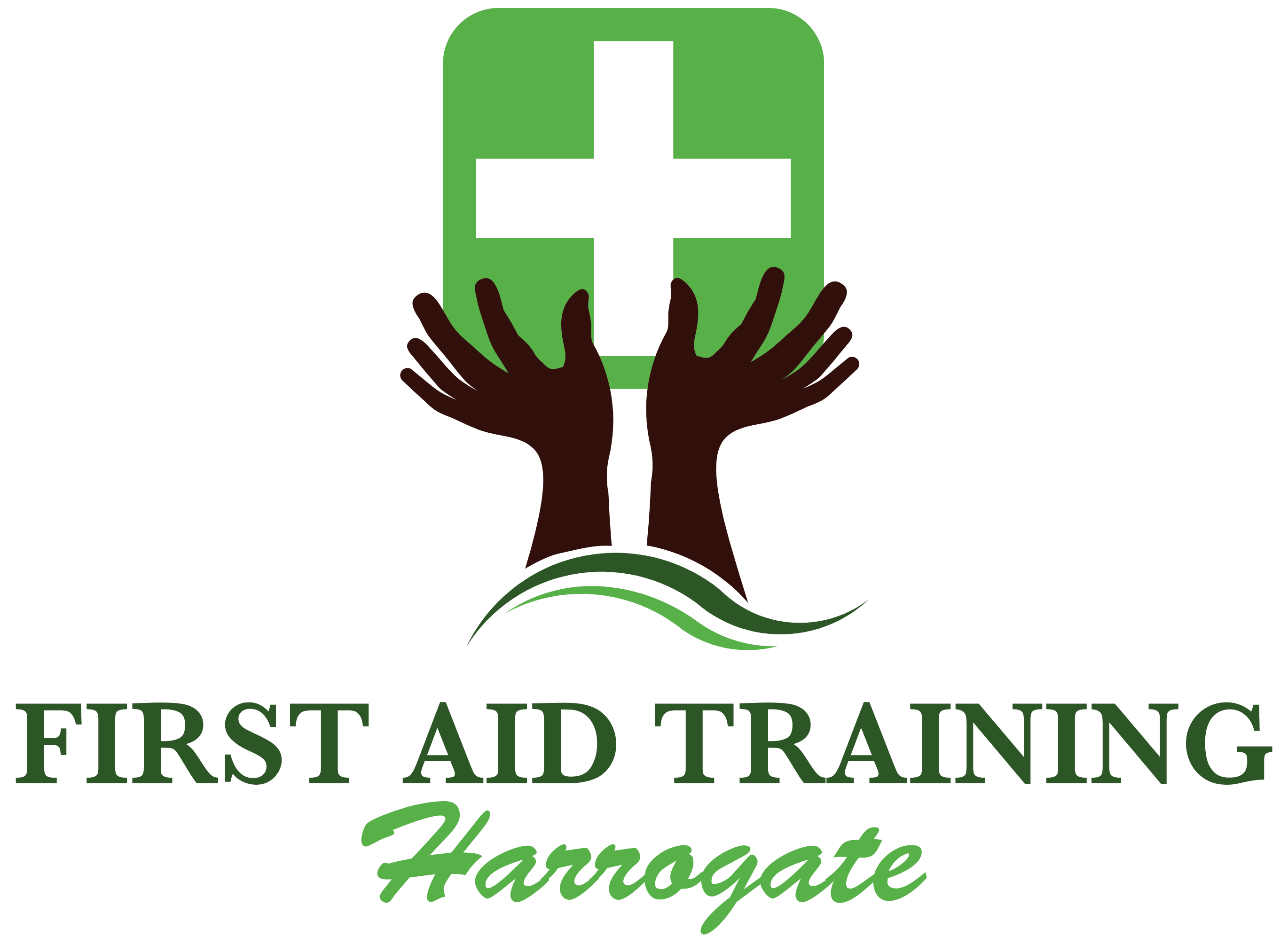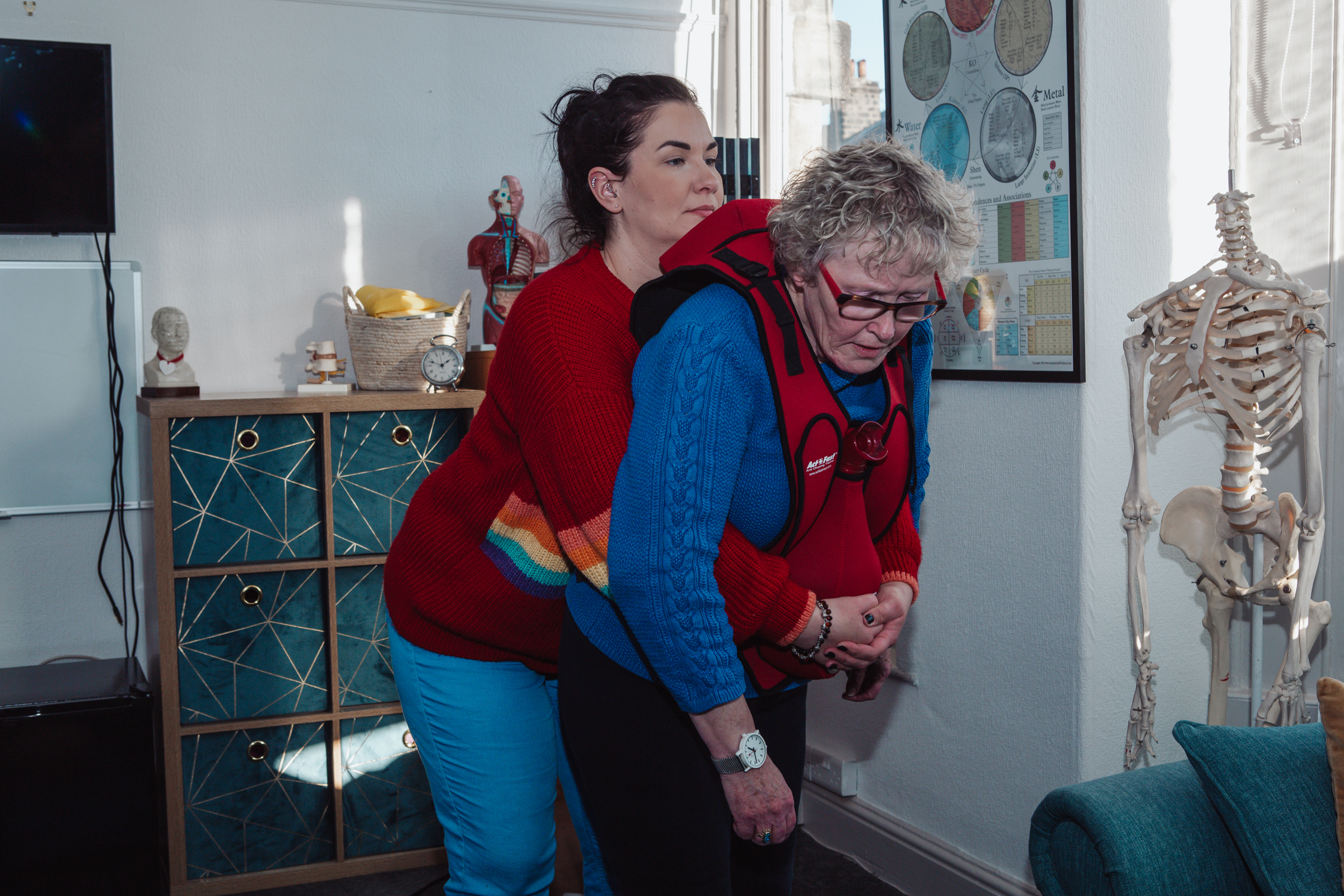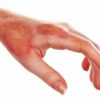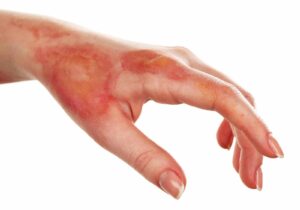A reduction in muscle mass and strength are unfortunately well-known complications of aging. And, it’s all muscles of the body that are affected, including those needed for chewing and swallowing food and drink.
Team this with increased tooth loss and poorer dental health in the over 65s, and you have a choking risk factor that is over seven times higher than that of children aged between 1 and 4 years!
In addition, dementia and other neurological conditions can cause dysphagia if the part of the brain that controls swallowing (the medulla oblongata) is inhibited. Dysphagia is when somebody has difficulty swallowing and can also be a factor in choking in the elderly.
Despite these risks, however, some steps can be taken to avoid choking in the more advanced years of life.
Here are some top tips for safer eating and drinking with fewer complications…
- Ensure you are sitting upright when eating so that your food and drink can digest properly. Also, ensure you are upright for a minimum of 30 minutes after eating before lying down or falling asleep.
- Cut food up into smaller pieces and chew each mouthful thoroughly, especially if wearing dentures.
- Try to avoid distractions when eating, such as talking, laughing or watching TV. Instead, focus on what you are eating and the action of chewing and swallowing mindfully.
- Don’t drink excessive alcohol before or during meal times as the effects can increase fatigue and impaired judgement when it comes to putting things into your mouth.
Once you’ve finished eating, check your mouth and cheeks for any food left behind after eating.
Performing good oral hygiene after meals – brushing and flossing can help prevent bacteria build-up and infections.
Avoid certain foods that are known choking hazards including hot dogs, steak, chicken with bones, popcorn, cold pizza, hard candy, white bread and peanut butter.
Believe it or not, water can also be a choking hazard – the fluid is so thin that the elderly can choke on it. If concerned, speak to a medical professional about possible thickening agents.
First Aid Alert – Symptoms and signals
Remember to look for these signs of choking in elderly people:
A panicked look on their face
A redness in the face
Coughing, gagging or wheezing
Hand signals pointing to throat
An inability to speak or cough
Turning blue around the face and lips
Passing out
First Aid for choking in adults and the elderly
1. If you think a person is choking, ask them ‘Are you choking?’ If they can breathe, speak or cough then they might be able to clear their own throat. If not, you will need to intervene.
2. Encourage them to cough to try and remove the blockage and remove any obvious obstruction from their mouth.
3. If coughing fails, time to give 5 sharp back blows. To do this, help them to lean forwards, supporting their upper body with one hand. With the heel of your other hand give them five sharp back blows between their shoulder blades. After each back blow, check to see if anything has been released into the mouth.
4. If back blows fail, give 5 abdominal thrusts. To do this, stand behind them and put your arms around their waist. Place one hand in a clenched fist between their belly button and the bottom of their chest. With your other hand, grasp your fist and pull sharply inwards and upwards up to five times. Check their mouth again, after each thrust.
5. If the blockage has not cleared, call 999 or 112 for emergency help straight away. Repeat 5 back blows then 5 abdominal thrusts until help arrives, re-checking their mouth each time.
If they become unresponsive at any point, prepare to start adult CPR.
If you are interested in Emergency First Aid Training either in your workplace or individually, I would love to welcome you onto one of my courses.
Please get in touch either by emailing patti.hemmings@hotmail.com or phoning me on 07787 831 275.








